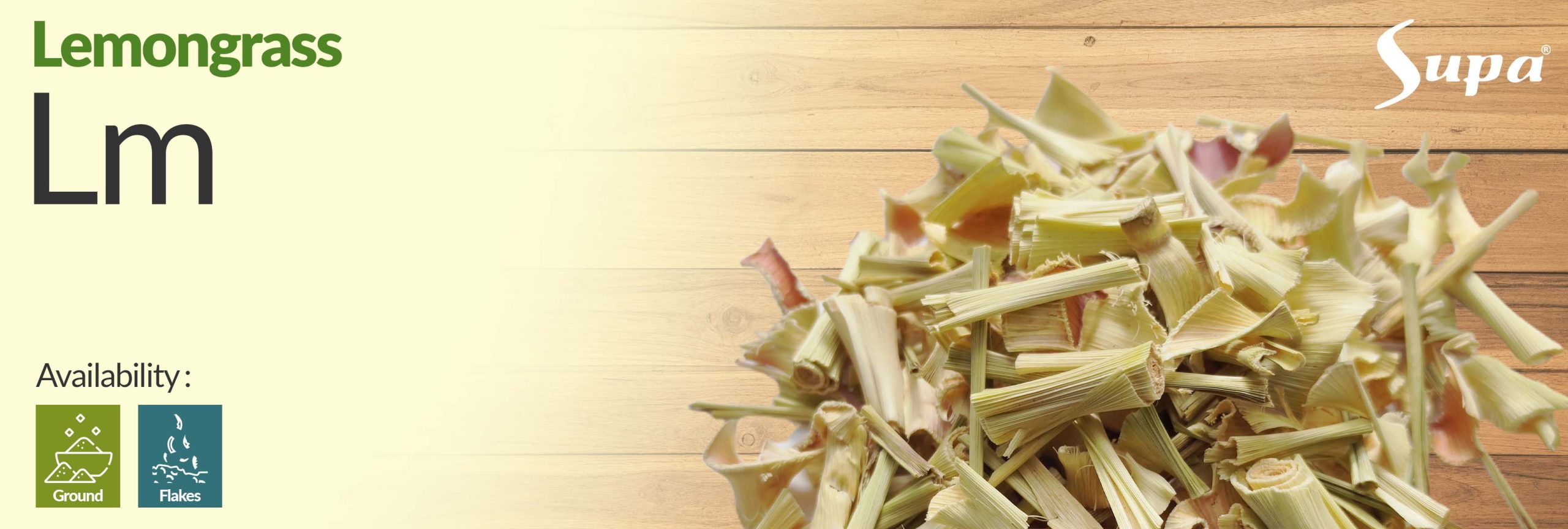
Lemongrass, scientifically known as Cymbopogon citratus, has a fascinating history intertwined with its origins in Southeast Asia, particularly India, Sri Lanka, and Thailand. This aromatic herb, known for its citrusy scent and lemon-like flavor, has been a fundamental ingredient in various cuisines and traditional practices across the region. Its long, slender stalks are used both for culinary purposes and for their potential medicinal qualities.
In traditional medicine, lemongrass has been valued for its potential benefits, which include digestive aid and soothing properties. It is often brewed as a tea to alleviate ailments like indigestion and insomnia. Moreover, lemongrass essential oil has been used for aromatherapy and as a natural insect repellent due to its pleasant aroma and believed insect-repelling characteristics.
In culinary realms, lemongrass adds a refreshing and tangy note to dishes, particularly in Thai, Vietnamese, and Indonesian cuisines. It is used in soups, curries, stir-fries, and marinades, imparting a distinct citrusy flavor. The stalks are often bruised or crushed before cooking to release their aromatic oils and flavors. As a versatile herb with a rich history spanning both flavor and well-being, lemongrass continues to captivate culinary enthusiasts and holistic practitioners alike.
Flavor: Lemongrass has a distinct and refreshing flavor profile that is citrusy, lemony, and slightly herbal. The flavor is often described as bright, zesty, and tangy. Lemongrass imparts a citrus-like tang without being overly sour, making it a versatile ingredient in both savory and sweet dishes. Taste: The taste of lemongrass is characterized by its pronounced citrus notes, primarily reminiscent of lemon. It also has a mild herbal undertone that contributes to its overall taste profile. Lemongrass is not typically used in large quantities, as its flavor can be quite strong. Aroma: Lemongrass is known for its strong and distinctive aroma. The scent is lemony and fresh, with hints of herbal and grassy notes. The aroma becomes more pronounced when the lemongrass is chopped, crushed, or cooked, releasing its essential oils.
Culinary Ingredient: Lemongrass is often used in cooking to add a bright and zesty flavor to dishes. It's a common ingredient in Southeast Asian cuisines, where it's used in curries, soups, stir-fries, and marinades. Aromatics and Teas: Lemongrass is used to infuse dishes and beverages with its aromatic qualities. It's often used to make herbal teas, known as lemongrass tea, which is valued for its soothing and refreshing qualities. Flavoring for Desserts: In addition to savory dishes, lemongrass is sometimes used to flavor desserts and sweets. It can add a unique citrusy and herbal note to ice creams, sorbets, and baked goods. Essential Oil Production: Lemongrass essential oil is extracted from the leaves and used in aromatherapy and natural remedies. The oil is believed to have calming and stress-relieving properties when diffused or used in massage oils. Natural Bug Repellent: The citronella scent of lemongrass makes it a natural insect repellent. Lemongrass oil is often used in candles, sprays, and lotions to help keep mosquitoes and other pests at bay.
Origin : Indonesia Botanical Name : Cymbopogon citratus Composition : Lemongrass Color : Cream Moisture Content : Max 10% Shelf Life : 12 Months Loadability : 20 FCL Package : Carton Packing *For more detailed specifications, please feel free to contact us.
Company Profile Brochure PDF


